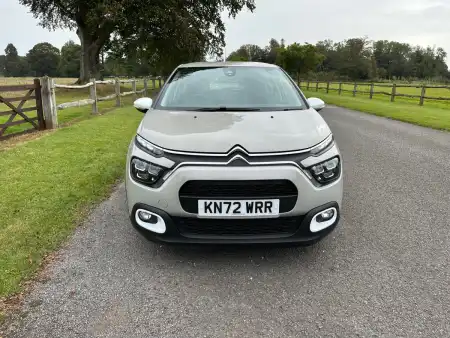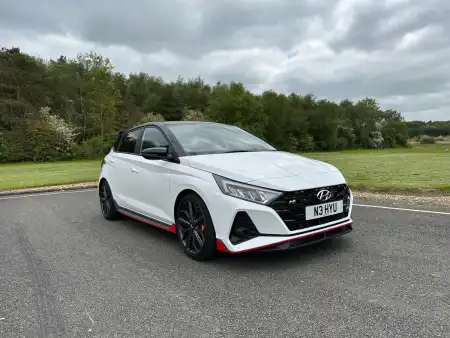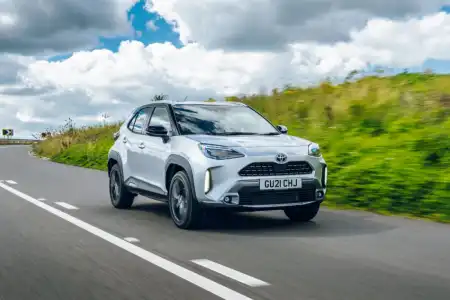- Cute looks, inside and out
- Keen handling
- Decent economy figures
- Lethargic acceleration
- Noisy at higher speeds
- Some rivals offer more room and comfort
Introduction

The Kia Picanto is now on its third generation – the first coming along in 2003. Like a fine wine, it’s aged well with time, with Kia updating it at various intervals to tweak what was already a good recipe. The Picanto appears to be maturing right at the time its job seems almost done, though. The popularity of the small city car is gradually fading away as people turn to bigger, more practical crossover SUVs.
Kia has said it wants to electrify the Picanto, but that will require an all-new platform. It remains to be seen whether a future electric Picanto will be much like the current one in terms of size. And, with this facelifted version coming much later than usual – seven years after the third-generation model first launched – it seems Kia is trying to eek extra life out of the Picanto to bridge the gap until it’s had time to decide on a clean-sheet design.
The Picanto offers four main trim levels and one limited edition version. Kia’s entry-level '2' trim features 14-inch alloys, an eight-inch infotainment screen, Apple CarPlay/Android Auto, a 4.2-inch digital instrument cluster, automatic headlights, and black cloth upholstery.
The GT-Line adds sportier exterior and interior styling, 16-inch alloys, an LED lightbar at the front, metal pedals, black and grey synthetic leather upholstery and black door mirrors. When it comes to the ‘3’ trim, you get a wireless phone charger, heated seats and a heated steering wheel, automatic air conditioning, keyless entry, a start/stop button and electrically folding door mirrors.
The GT-Line S trim has some enhanced safety features we mentioned at the top of the piece, plus a tilt/slide sunroof and a gloss black radiator grille. There is also the limited-run Shadow trim, priced between the '3' and GT-Line S. It offers an identical spec to the '3' but with green synthetic leather upholstery and a more potent engine.
That brings us nicely to power - as there are now just two engines offered following Kia’s decision to discontinue the turbocharged 1.0-litre petrol. The remaining two units have been detuned, losing 5 to 6PS each, in a bid to cut carbon emissions. This means that while the performance may not be as energetic as before, the new Picanto is more environmentally friendly.
The bottom three trims get the non-turbo 1.0-litre petrol, producing 62PS, while the Shadow and GT-Line S versions get a 78PS 1.2-litre mill. You can have any Picanto with a five-speed manual ‘box or a four-speed automatic, although you may want to avoid the latter when you see the performance figures.
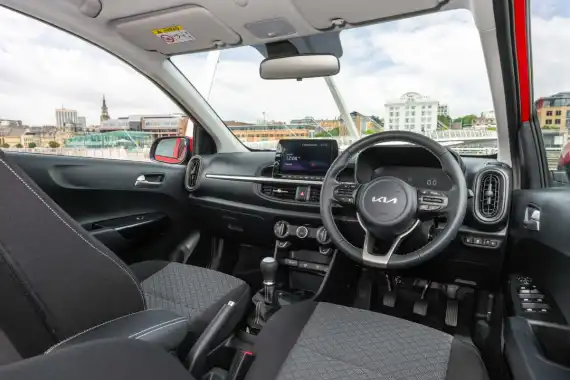
We are happy to say that Kia has gone the extra mile when it comes to overhauling the front end of the facelifted Picanto.
The front has been transformed using the ultra-modern all-electric EV9 SUV as inspiration. It now has new spread-out headlights, which are connected by a horizontal lightbar on all but the entry-level model. There is also a revised shape to the lower grille and more aggressive air intakes.
The new Picanto looks lovely, especially in the GT-Line and GT-Line S trims, which have a harder-hitting appearance. The new front end gives even the non-GT-Line models a much more athletic stance. A lot has stayed the same inside, but Kia didn't need to do much, as the interior looked very nice before. Granted, it's not on the same level of luxury as the EV9, but it’s a well-designed, smart cabin for the cheapest chariot in Kia's range.
In addition to the grey seat outlines on the GT-Line and above, some silver styling brightens things up nicely, while the sports-inspired steering wheel also looks inviting. Unlike before, the infotainment touchscreen is now standard on all Picantos, featuring the simple, intuitive menu layout we've come to expect from Kia. That means even the cheapest model in the range gets SatNav as standard, although Apple CarPlay and Android Auto are wired and unavailable wirelessly in all models.
The new digital instrument cluster replaces the more conventional analogue dials on all models across the range. While its operation is pretty basic and doesn't offer the customisability of more expensive cars, it does have a clear display with important information.
While some challengers offer posher interiors, there's nothing wrong with Kia's offering here. It is nice, functional, and has an air of quality that we wouldn't necessarily expect from such a wallet-friendly car.
On The Road
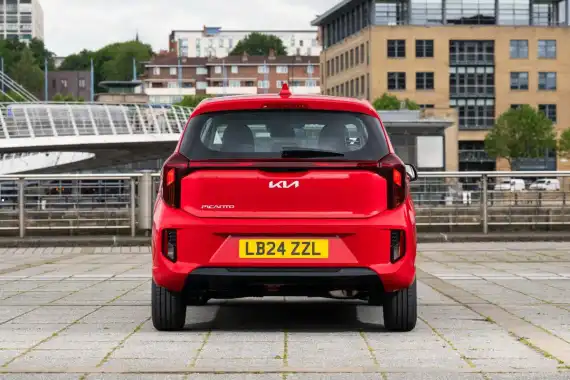
Handling & Performance
As we said earlier, swerving the automatic gearbox is best if you want to achieve half-decent performance, so we're pleased to be testing the manual. Zero to 62mph in the automatics now takes 16.5 seconds even in the higher-powered 1.2-litre engine - and 18.4 seconds in the lower-powered 1.0-litre. While it’s significantly less in the manual, it’s still 13.1 seconds in the 1.2-litre and 15.4 seconds in the 1.0-litre we're trying in '2' and GT-Line trims.
This will undoubtedly be frustrating if you do most of your driving on clear, straight dual carriageways, especially as the Picanto’s engine tends to shriek if you bury your foot to the floor. But when it comes to driving in town, the Picanto truly shines. It effortlessly weaves through traffic on ring roads and easily handles the tight turns of urban streets. And, even when you take it into the unnatural territory of faster rural B-roads, if you’ve got the patience to get up to higher speeds, you’re richly rewarded with keen handling.
The Picanto weighs less than a tonne, so it’s highly manoeuvrable, offers plenty of grip, and responds instantly to steering inputs. The steering wheel itself weights up nicely, too, giving you the confidence to throw it into a bend. The Kia is no sports car, but a short wheelbase and feather-light kerb weight combine to make it enjoyable. The Picanto is comfortable to drive, too – yes, the suspension is set up more firmly than in some of its foes – but we didn't feel knackered after an hour or so behind the wheel.
Given that we tested the '2' and GT-Line models, we were able to try out both 14-inch and 16-inch alloys. While the '2' trim has superior ride comfort on its smaller wheels, those choosing higher trims with larger wheels won’t be at too much of a disadvantage.
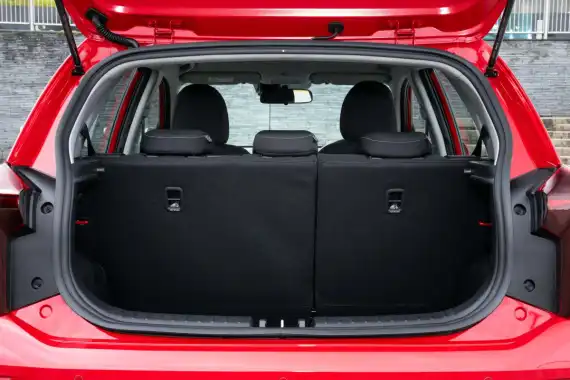
Space & Practicality
The front seat has plenty of movement, so it's easy to find a suitable driving position. Even taller drivers may be surprised at how much legroom is available. If you are tall, though, that will mean having the seat far back, which will eat into the rear legroom. Some rivals offer a tad more rear space, but city cars and superminis have never been ones for outright practicality.
Front headroom is generous, slightly less so in the back, but fitting a couple of adults and a couple of kids in is more than doable. You will find a reasonable amount of interior storage space, too. This includes a glovebox, cupholders, accommodating door bins, and a central cubby, which features a sliding cover on the Shadow and GT-Line S models.
The boot space is also plentiful for a weekly shop, measuring 255 litres and expanding to 1,010 litres with the rear seats folded down in a 60/40 configuration. Unfortunately, there's no adjustable floor, though - so you're stuck with quite a large boot lip.
Ownership
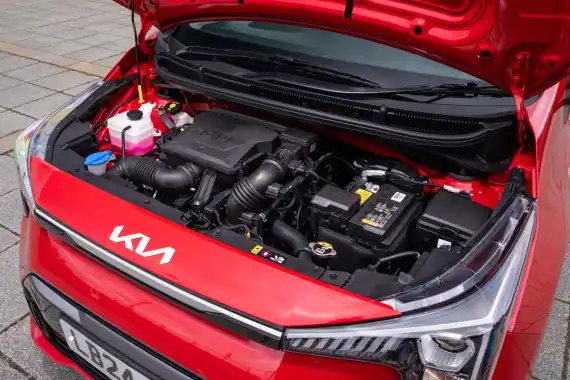
Running Costs
Our tests were carried out in the ‘2’ and GT-Line trims with the 1.0-litre engine, which returned 54.3mpg and 52.3mpg, emitting 121 and 116g/km of CO2, respectively. However, you will likely achieve less than this around a typical town centre.
The economy figures vary slightly depending on which model you choose, while the automatic claims identical fuel economy figures, with CO2 emissions ranging from 119 to 123g/km. Switching to the Shadow and GT-Line S’s 1.2-litre engine returns 51.4mpg and 124g/km of CO2 in the manual. However, it fares slightly worse in the automatic, where the claimed figures are 50.4mpg and 128g/km of CO2.
You will also benefit from Kia's superb reliability reputation, backed by a seven-year, 100,000-mile warranty.
Verdict
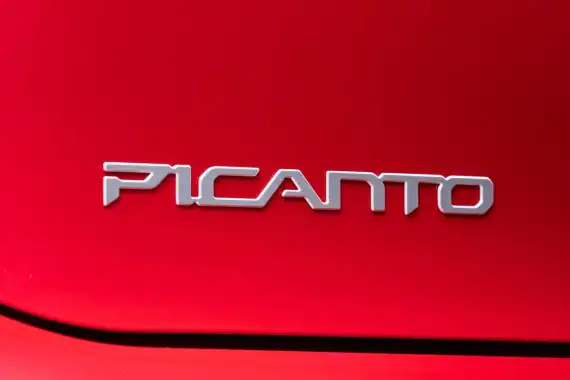
The Kia Picanto is an excellent little car whose benefits far outweigh the drawbacks. It is slow, so we'd choose the manual over the automatic, but it's fun to drive, handles with aplomb, offers decent, improved exterior looks, has a nice cabin - and all models are generously equipped.
The entry-level ‘2’ trim will suffice for most, although the GT-Line offers more athletic styling that will appeal to some. The '3' trim provides a few extra creature comforts that might be worth considering.
However, even opting for the range-topping GT-Line S isn’t as expensive as you might think – and may be tempting.

